Herbal Learning
Weeds Are The Best Food & Medicine. Quit Throwing them away!
As herbalists and gardeners we tend to get a little tunnel vision at times when it comes to growing plants. Certainly that’s not always a bad thing…It’s nice to just have beans growing in the bean patch when it comes time to harvest. But when clearing and preparing beds or other areas for planting, I always like to take a moment and look at what that little parcel of earth is offering me. This spring I was getting ready to clear out a bed to do some planting. I’d planted some beautiful Yerba mansa plants there the previous year (a gift from a good friend) and they hadn’t survived the winter. So, I was standing there looking at the bed full of weeds and, before I got myself in too much of a hurry, decided to take a little inventory of what nature had decided to grow in that bed instead.
There were 5 different species of plants in the bed. I hadn’t planted a single one of them, they’d all just found their way to that soil through natural means.
Here are the plants:
Dandelion Taraxacum officinale
Cleavers Galium aparine
Flixweed Descurainea sophia
Blue Mustard Chorispora tenella
Prickly Lettuce Lactuca serriola
So let’s talk about these rascals.
Dandelion is, perhaps, the best known weed on the planet. She has nearly completed her lifetime goal of blessing every single front yard on earth with pretty yellow flowers. It’s a delightful edible in the spring. The leaves, flowers and roots can all be eaten in various ways and are chock full of vitamins and minerals. Medicinally it’s a rock star. The leaf is a good diuretic for bladder infections, edema and kidney issues. The root a good liver tonic for cleansing the blood removing toxins and improving digestion. It does countless other good things as well. In The Homegrown Herbalist School, dandelion is mentioned for about every condition. It also has an in-depth lesson of it’s own. I use dandelion in a lot of my herb formulas using its various medicinal attributes. I grabbed a handful started munching and continued on my exploration.
The next plant I found was cleavers (Galium aparine). It was a beautiful, large specimen ready to harvest. Cleavers is a herb with some unique and important properties. It’s a premier herb for cleaning out and draining congested lymphatics. I use it for swollen lymph nodes and tonsils. It’s also a useful diuretic for urinary tract issues or edema. Cleavers is also a remarkable healing and restoring herb for the liver. It can be a similar blessing to the kidneys. I have two formulas in that vein intended to bless struggling kidneys and livers. Cleavers is a main player in those formulas as well as several others.
Next to the cleavers was some flixweed (Descurainea sophia). Flixweed is a plant I’ve intended to try for a long time and =never manage to get it done. Maybe it was trying to remind me. LOL Flixweed has been used for centuries by the Persians and others in the Middle East (as well as Europe and Asia). It was also used by the Native Americans. It has some antispasmodic properties that have been employed in opening up the airways in asthma cases and calming coughs. It has a long history of use for digestive issues as well. I’ve heard that it can be used topically on the gums to temporarily stop tooth ache pain as well.
After the flixweed I saw a bunch of blue mustard (Chorispora tenella). I immediately dove in and started eating! Blue mustard is one of my favorite plants to eat. It has a delightful, sweet radish sort of taste and is a great source of vitamins and minerals. For some reason the Big-Ag, megalomaniac conglomerates haven’t hybridized and bred all the nutrition out of blue mustard yet. So it’s still an amazing food. It has some mild medicinal benefits for the gut and respiratory support but mostly it’s an amazing edible.
And, last but not least, the bed also had some young prickly lettuce plants (Latuca serriola). Prickly lettuce (aka wild lettuce) has leaves very similar to a dandelion but instead of growing only at ground level like dandelions do, the leaves also grown off of the stems. The leaves also have a row of sharp little spines on their underside, running along the central leaf vein. Prickly lettuce sap contains strong, sedating and pain relieving compounds. It can be used topically or internally for pain, insomnia, anxiety etc… Like other plants with white, latex sap (including dandelions) the sap of prickly lettuce can also be applied topically with good effect to kill warts.
There you have it. Five common weed species were found in that bed and every single one of them was food or medicine or both! So, when cleaning up your garden beds, don’t be too quick to pull out those weeds! Every weedy flower bed, every vacant lot, every prairie and forest floor is a living pharmacy and a grocery store, all in one. I encourage you to get familiar with those amazing resources. I encourage you to learn how to recognize them and use them. There may come a day when knowing the food and medicine benefits could make all the difference for those you love. Now would be a great time to learn some of that information.
If you’d like to know more about the amazing God-given pharmacy growing all around you, I encourage you to look at The HomeGrown Herbalist School of Botanical Medicine. It really is a remarkable resource and your lifetime enrollment will allow you to access it as needs arise forever. That’s a pretty remarkable opportunity. Also, have a look at my book The HomeGrown Herbalist Guide to Medicinal Weeds. You’ll be amazed how useful some of the plants you’ve been pulling and tossing can be.
BTW, Speaking of the school. The absurdly low price for lifetime enrollment will be going up in the near future. We’ve added a number of new instructors and are working on a number of improved features and added content and all that sort of thing costs money. This would be a really good time to enroll. :0)
Doc Jones


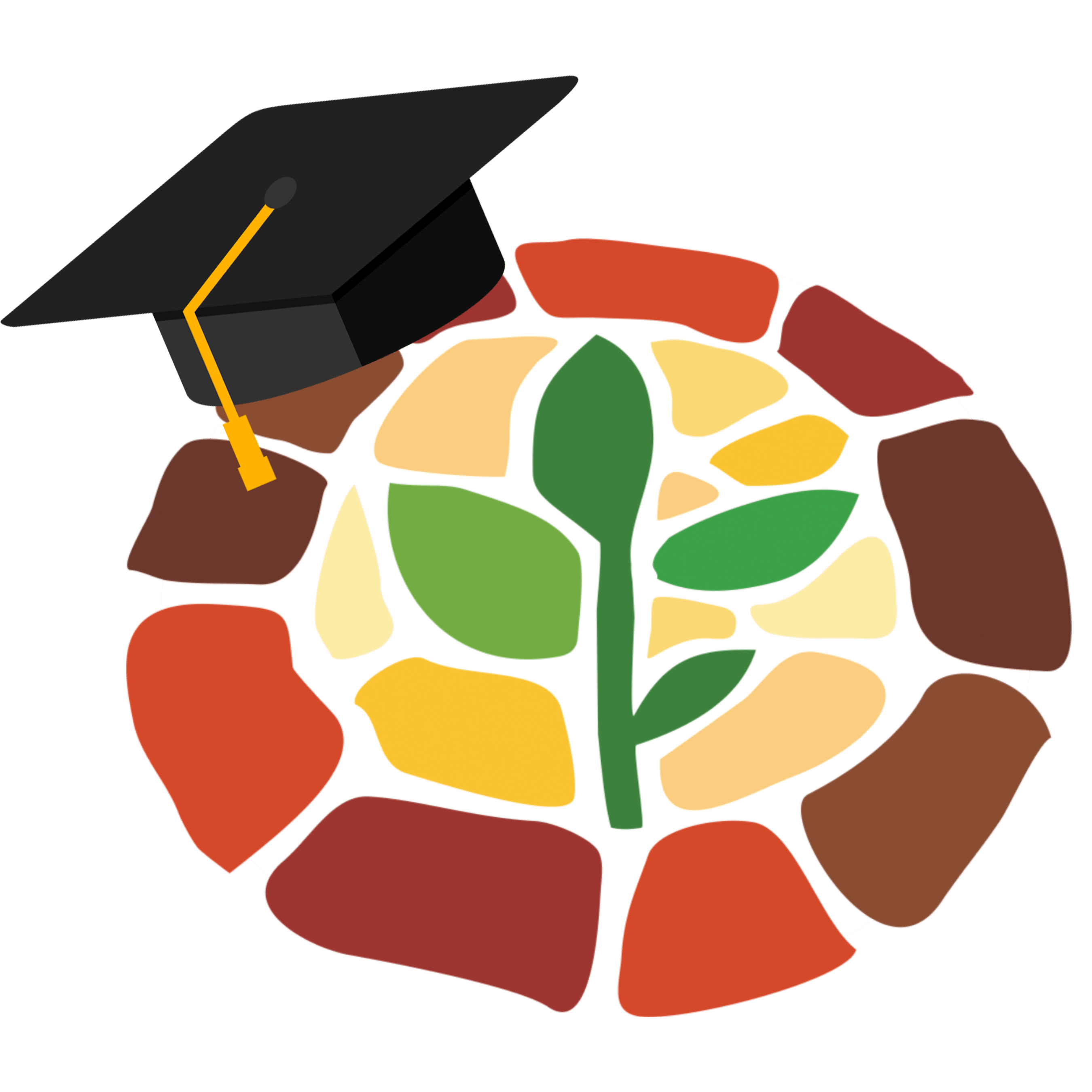
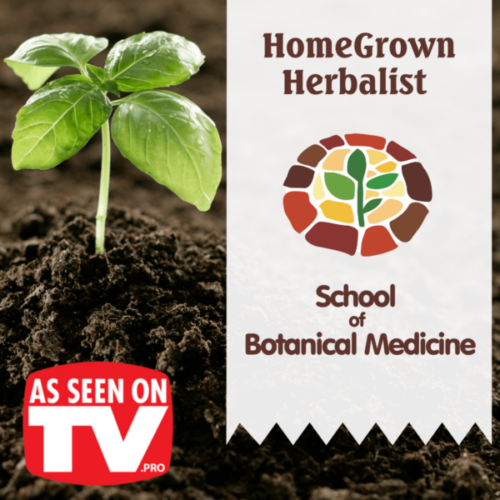
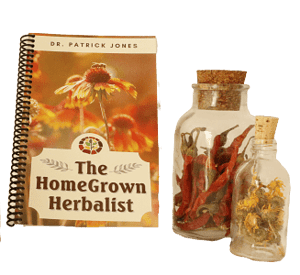

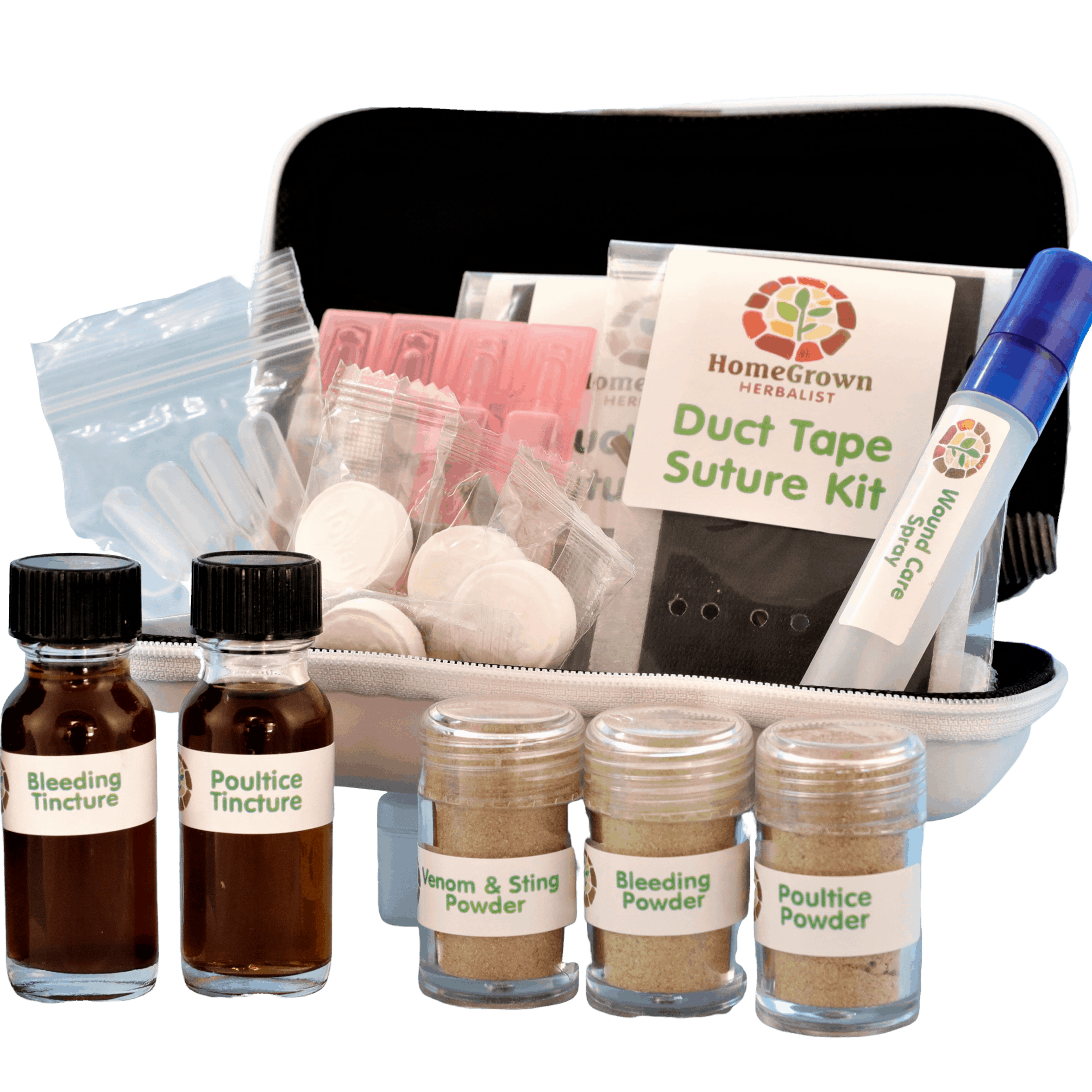
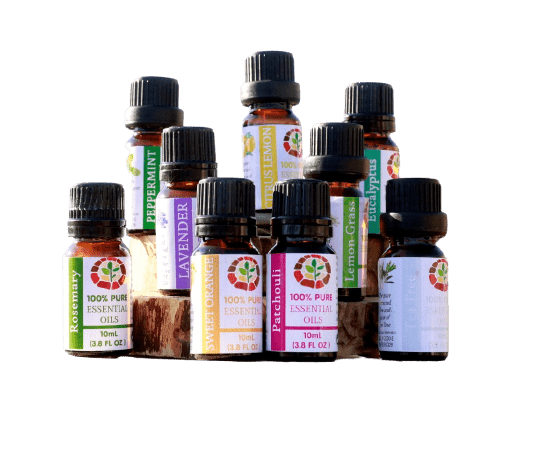
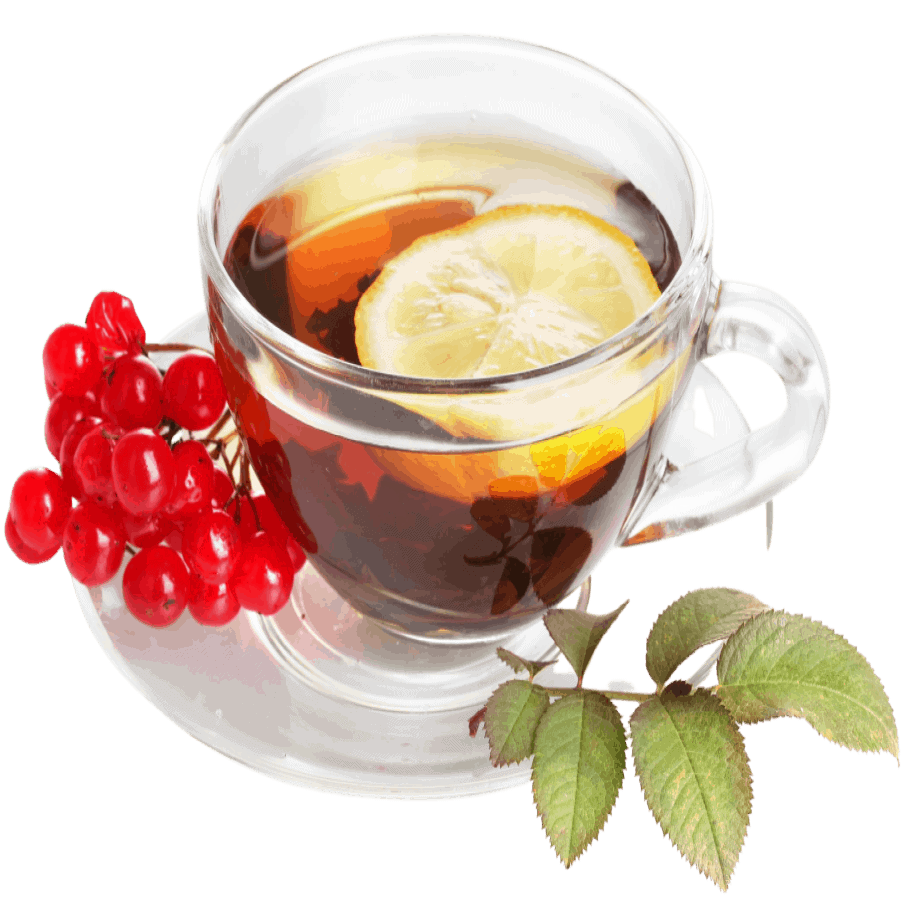
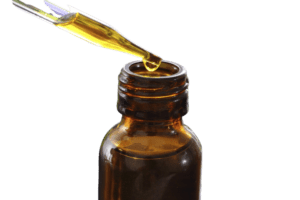
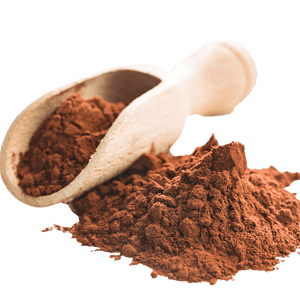
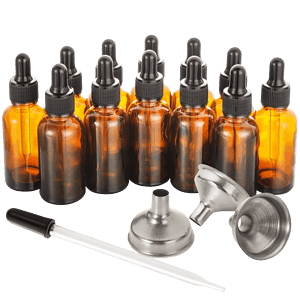
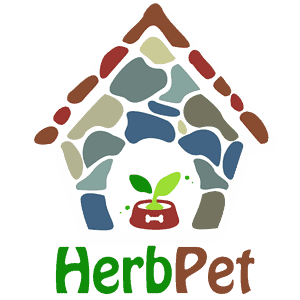
What are your thoughts on Rush skeleton weed
Is false dandelion any good for eating? My lawn is covered in those, not real dandelion.
I should clarify.. they’re mostly hypochaeris radicata and crepis tectorum.
Hey, awesome, Doc! I noticed on your homestead academy website that you have a slot for future primitive skills courses. Does that mean we might be able to take a foraging/cooking class soon??
Yup. We hope to be doing that sort of thing. Right now I’m working on two other schools. One on auriculotherapy and one on Emergency/trauma response.
What are your thoughts on Indian Mallow, aka Velvetleaf?
It’s in the same family as mallow and marshmallow but I”ve never used it.
I was just researching Collinsonia for hemorrhoids. I think it is also called Stone Root or Horsebalm. Have you taught or researched about this lemony/minty plant Dr Jones?